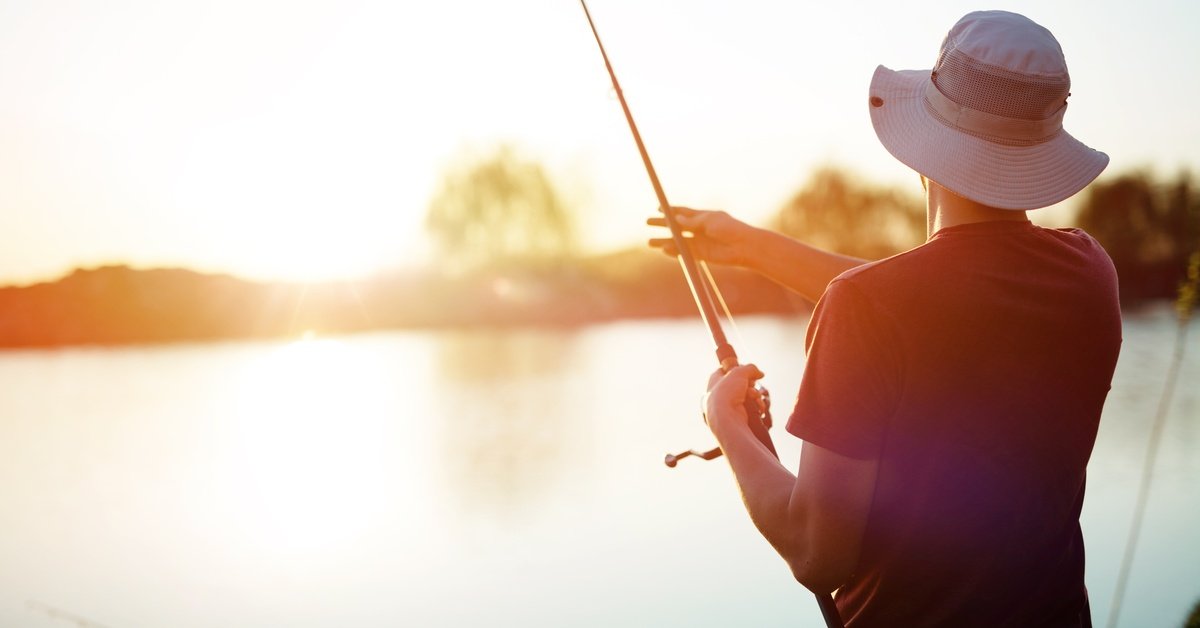5 Tips for Finding the Best Fishing Spots

For anyone who enjoys fishing, finding the perfect spot can make or break your trip. Successfully locating and reeling in a catch is about understanding the water, the environment, and the fish themselves.
Here are five tips for finding the best fishing spots to help set you on the path to success.
1. Research Local Reports
Fishing reports are a goldmine of information for anglers. These reports, often available online, in online forums, bait shops, or from local fishing organizations, provide real-time insights into where fish are biting.
They include details such as types of fish being caught, productive bait or lures, and peak activity hours. Spending a bit of time researching beforehand can help you zero in on hot spots that offer great opportunities.
2. Study Water Structures
Understanding water structure is a critical skill for successful fishing. Features such as drop-offs, ledges, weed beds, submerged trees, and rock piles provide shelter, food, and a sense of security for fish, making them prime locations to cast your line.
By using contour maps, topographical maps, or even fish finders, you can identify these underwater features with precision. Additionally, observing surface clues such as ripples, current breaks, or shadows can also help you pinpoint productive areas.
3. Invest in Fish Finding Technology
Modern fish-finding technology has revolutionized the way anglers approach the sport. Devices such as sonar-based fish finders use advanced technology to locate underwater structures with precision, displaying information about depth, water temperature, and fish size.
Investing in a reliable fish finder can drastically enhance your success rate and efficiency, whether you’re fishing in freshwater lakes or vast saltwater expanses. You should also explore how to choose a battery for your fish-finder device to ensure you don’t run out of juice in the middle of a trip.
4. Use Seasonal Knowledge
Understanding seasonal patterns can drastically impact the success of your trip. Fish behavior and feeding habits often change with the seasons, influenced by factors such as water temperature, breeding cycles, and food availability.
For example, during spring, many fish species tend to move toward shallow waters to spawn, making it an excellent time for shoreline fishing. Summer heat often drives fish to deeper, cooler waters, while autumn can offer opportunities to catch fish actively feeding in preparation for winter.
5. Seek Out Undisturbed Areas
Fish are more likely to be found in locations where they feel safe and undisturbed. Areas away from heavy boat traffic, noisy shorelines, or overly active waters provide ideal conditions for fish to thrive.
Look for secluded spots such as quiet coves, areas with abundant vegetation, or shadowy zones under overhanging trees. These places often serve as a refuge for fish and are prime locations for successful catches.
Make Your Next Trip a Success
Finding the best fishing spots takes preparation, observation, and a bit of know-how. Wherever your adventures take you next, these five tips for finding the best fishing spots will ensure you get the most out of your efforts.



